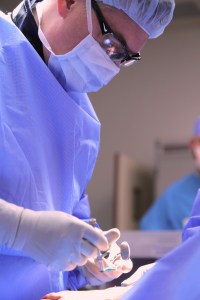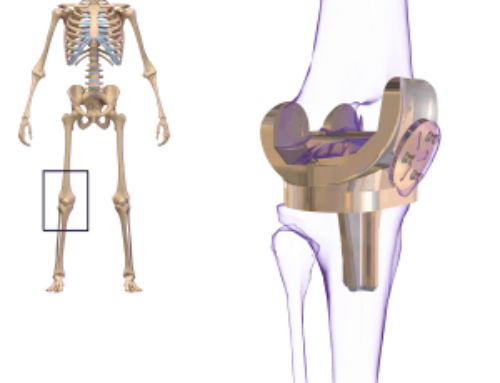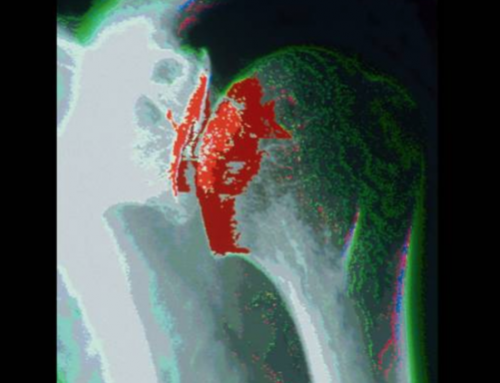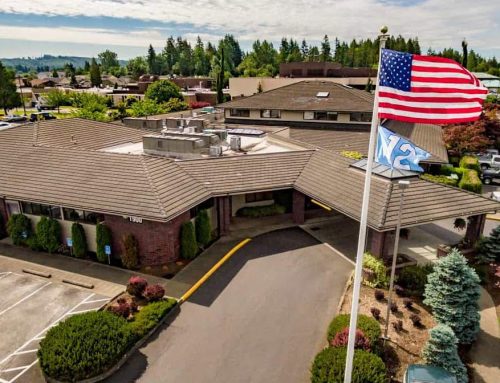A guide to fixing the base of your big toe: 1st MTP arthrodesis
Life can be a pain in the foot, and trust me, you’ll quickly realize how much a painful foot can control your life once it really starts hurting. For some, myself included, it’s flat feet that lead to a host of complications, while for others the pain started when a weight was dropped on their foot. A common issue is found at the base of your big toe, officially called the first metatarsal-phalangeal joint.
Whether the pain at the 1st MTP joint is caused by a foot deformity, chronically wearing bad footwear, or from an acute injury, the pain can be significantly detrimental to one’s quality of life due to the natural push off from the big toe during activities like walking and running
What causes the pain?

No matter the origin of the pain, acute or gradual, the eventual chronic pain is caused by the wearing down of cartilage between the two bones that form the MTP joint. The lack of cartilage leads to inflammation in the joint, osteophytes (small bones fragments) that grind inside the joint, and the development of arthritis in and around the joint, which limits the 1st MTP’s range of motion and increases pain. The nature of the issue is typically progressive, meaning the longer the problem lingers the greater the formation of arthritis will be and the greater the pain will become.
Progression of treatment:
Conservative (non-operative) – Conservative treatments include employing stiff-soled shoes, sometimes accompanied by a Morton’s extension custom orthotic, to decrease the amount of movement required by the 1st MTP joint during activity without affecting normal gait, corticosteroids, and NSAID’s. Although these methods may limit the discomfort for a period of time, the injury will often progress to the point of needing to take more invasive action.
Operative Treatment – Luckily, operative treatment is very successful in managing 1st MTP pain and stiffness. The first line of defense comes in the form of a cheilectomy, which is the removal of bony spurs from bone that decrease a joint’s function and causes discomfort. Recovery from a cheilectomy is typically quick; often progressing to normal shoe after sutures are removed 10-14 days postoperative. The next treatment, in select cases, would be an emerging technology called Cartiva, a synthetic cartilage implant that replaces the worn out cartilage in the MTP joint. Cartiva may be a great option for more active individuals, as it allows weight bearing as tolerated immediately after surgery. The final line of defense, a 1st MTP arthrodesis, removes the joint surfaces and screws the two bones together to create a joint fusion, sometimes aided by an additional plate placed on top of the joint. Furthermore, bone graft can be placed on the joint surfaces to aid in the creation of new bone to fuse the joint even more.

Call Washington Orthopaedic Center at 360-736-2889
to schedule an orthopedic appointment at your convenience.
By Levi Bale





